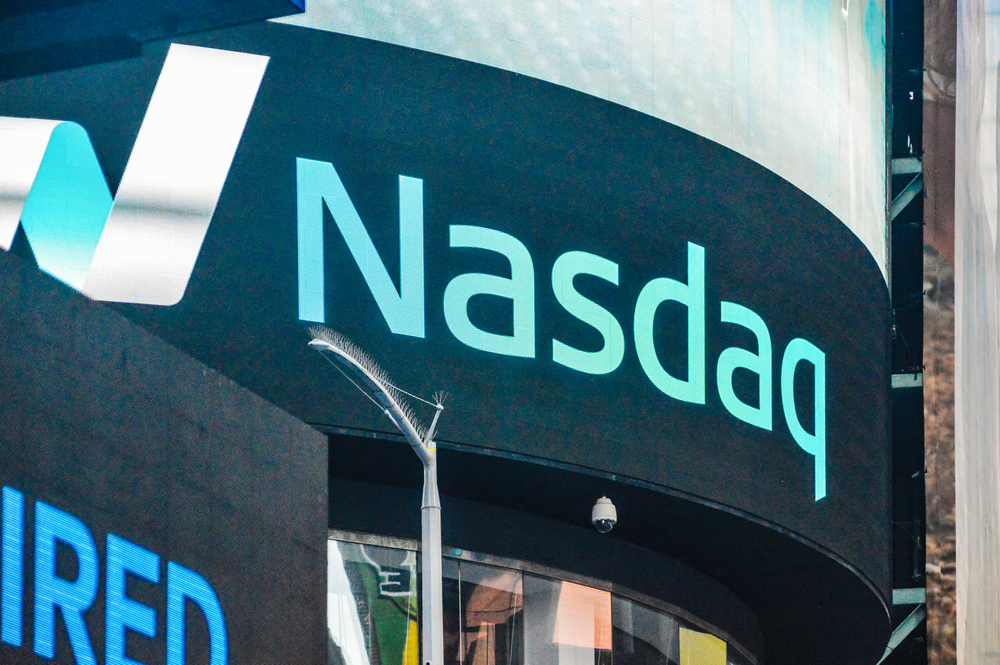For investors who hold stakes in private companies, initial public offerings provide a way to cash out and gain returns on their ventures. However, conventional IPOs are complicated and time-consuming. When companies are motivated to acquire their ticker codes without undergoing that process, they may choose to merge with special purpose acquisition companies.
SPACs are shell companies that raise funds via public offerings to acquire unspecified enterprises. While an IPO application process may take up to 18 months to process, SPAC mergers are often completed in three to four months.
SPACs have become popular vehicles for taking private companies public. However, tech companies that have merged with blank check companies have mostly traded downward in the first months of 2022, drawing questions about the long-term business health of companies that perform this maneuver, and whether SPACs mask the shaky fundamentals of tech companies that have yet to draw profits.
In 2020, there was a significant increase in SPAC listings in the United States. In all, 248 blank check companies began trading that year, followed by an addition of 613 in 2021, according to SPAC Research. Moreover, SPAC merger activity reached USD 403 billion last year with 221 M&As, a significant jump from 92 mergers in 2020 that were altogether worth USD 139 billion, according to a report by global law firm White & Case.
Among the blank check companies listed in the US in 2020 and 2021, one-third targeted acquisitions in the technology, media, and telecom industry.
A few Southeast Asian companies have chosen to gain their ticker symbols through this route. Grab went public on the Nasdaq via a SPAC merger with Altimeter Growth Corp in December 2021, and PropertyGuru made its debut on the New York Stock Exchange on March 18 via a merger with Bridgetown 2 Holdings.
While most SPAC action has taken place on bourses in New York, the stock exchanges of Singapore and Hong Kong now also allow SPACs listings. But blank check companies have yet to truly gain traction in these cities. Three SPACs began trading in Singapore in January, while Hong Kong’s first blank check company was listed in mid-March.
Just as SPACs made their way to Asia, enthusiasm for the shortcuts they offer has been tapering elsewhere. Since the beginning of the year, at least 13 mergers have been canceled in the US, more than half of the 24 that were announced. In contrast, 93 SPAC deals were announced in the first quarter of 2021, according to Reuters.
Some SPAC merger plans of Southeast Asian companies have already been scrapped.
FinAccel, the parent company of Indonesia’s “buy now, pay later” platform Kredivo, terminated its SPAC merger with VPC Impact Acquisition Holdings II last week due to what the company called “unfavorable capital market conditions.” Before FinAccel’s withdrawal, Indonesian media company Asia Vision Network, which is a subsidiary of MNC Vision Networks, and travel tech firm Traveloka also scrapped their plans for SPAC mergers in September 2021. Traveloka still plans to go public but is opting for a conventional IPO instead.
Vincent Stevens, senior managing director at business advisory firm FTI Consulting, believes that the popularity of SPACs is a bull market phenomenon typically characterized by an overabundance of money chasing a dearth of good assets.
“That means that it is difficult to find and close a deal at reasonable valuations. Valuations go up when a lot of money is chasing the same deal. Once the bull market ends, these inflated valuations undergo corrections first,” he told KrASIA. Many SPACs have been raised to invest in tech companies, which often lack clear paths to profit and are highly volatile. When growth stalls, investors may be discouraged from buying their shares, Stevens added.
The stocks of tech companies that underwent SPAC mergers have been underperforming this year. This includes Grab, whose share price tumbled more than 69% from USD 13 in early December 2021 to USD 4.10 at closing on March 21.
Masana Takahashi, founder of Singapore-based accounting and corporate finance advisory firm Jidobox, said that the utilization of SPACs by tech companies to reach public markets largely benefits sponsors and early investors.
“They are incentives to push up the share price, which could be far from the appropriate price. Investors who buy SPACs’ shares may not gain [good returns] through these investments,” he told KrASIA. SPAC sponsors will take profits regardless of the performance of shares after listing, Takahashi added.
Several Southeast Asian companies will go public soon. GoTo is expected to launch its IPO in Indonesia next month, while startups like Carsome, Carro, and Ninja Van have all stated that they will go public in the US within two years.
Even though SPACs lost their luster in the first quarter of 2022, there is no telling whether the number of deals involving blank check companies will decrease significantly this year. But given the current market conditions and the apprehension of many investors, conventional IPOs with reasonable valuations may be better options for tech companies planning to go public, said Takahashi.
The Jidobox founder also pointed out that lengthy application review processes of conventional IPOs provide a chance to analyze a company’s business fundamentals, growth potential, and governance structure, which are “critical for attracting investors once a company trades in the public market.”
